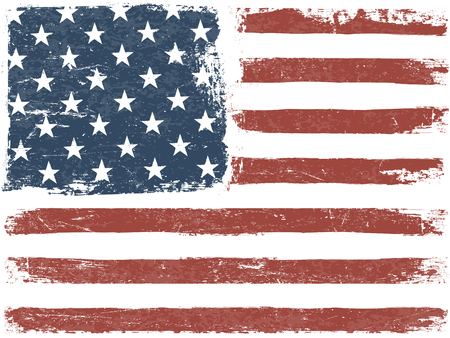 With Memorial Day behind us and the Fourth of July just around the corner, we have reached a popular time of year for displaying the American Flag. For many community associations, hanging any type of flag is considered a change in a property’s appearance (thus, requiring prior approval from the board and/or appropriate review committee), but the Freedom to Display the American Flag Act of 2005 (the “Act”) supersedes any restrictive covenant that attempts to restrict or prevent a resident from displaying the flag of the United States on his or her unit/lot.
With Memorial Day behind us and the Fourth of July just around the corner, we have reached a popular time of year for displaying the American Flag. For many community associations, hanging any type of flag is considered a change in a property’s appearance (thus, requiring prior approval from the board and/or appropriate review committee), but the Freedom to Display the American Flag Act of 2005 (the “Act”) supersedes any restrictive covenant that attempts to restrict or prevent a resident from displaying the flag of the United States on his or her unit/lot.
Under the Act, condominium associations, cooperative associations, and residential real estate management associations may not adopt or enforce any existing policy that “would restrict or prevent a member of the association from displaying the flag of the United States on residential property within the association with respect to which such member has a separate ownership interest or a right to exclusive possession or use.” As alluded to above, this means an association cannot completely ban owners from displaying the American Flag on the owner’s unit, lot or an area where the owner has exclusive use or possession, such as a limited common element. Many associations, however, can adopt rules and regulations that place reasonable restrictions pertaining to the time, place and manner of displaying the American Flag, so long as the rules and regulations are necessary to protect a substantial interest of the community. If the association does not adopt any such rules and regulations, owners will probably not be restricted on how they can display the American Flag.
To date, there is not any Georgia case law that directly addresses reasonable restrictions with respect to displaying the American Flag; however, the Act does cross-reference to the Federal Flag Code on standard flag protocol. This means that community-imposed restrictions on displaying the American Flag would have to be reviewed and judged on a case-by-case basis. For example, the restrictions for a community with one-acre single-family lots will probably differ from a fifty-story condominium building. Each community is unique, which is why boards and property managers should seek input from the owners regarding the restrictions on displaying the American Flag. Only then will the association be able to adopt reasonable rules and regulations that are designed to protect that community’s substantial interest(s).
The Federal Flag Code is a good starting point for any community association. It contains the “rules” for displaying the American Flag, such as:
- Display the American Flag only from sunrise to sunset, unless the Flag is properly illuminated during hours of darkness;
- Do not display the American Flag during inclement weather, unless it is an all-weather Flag;
- Do not permit the American Flag to touch anything beneath it, such as the ground, or any furniture or plantings; and
- Regardless of whether the American Flag is hung horizontally or vertically, the union should be at the top and displayed to the observer’s right.
In addition to the Federal Flag Code, some declarations may already contain reasonable restrictions on flags. For example, flags are often limited to a certain size or the number that can be displayed at any one time. Associations may also try to designate a particular location on a unit/lot where the flag may be installed, usually to maintain the uniform appearance of the community. An unreasonable restriction may be trying to limit the number of consecutive days an American Flag can be flown, especially when it is displayed properly. Either way, it is worth reminding boards and property managers that the Act only applies to the American Flag. This means that flags representing schools, sports teams and/or holidays may all be restricted without directly conflicting with the Act. In sum, boards and property managers should review their restrictions on flags (if any) to see how the Act could affect their community.
